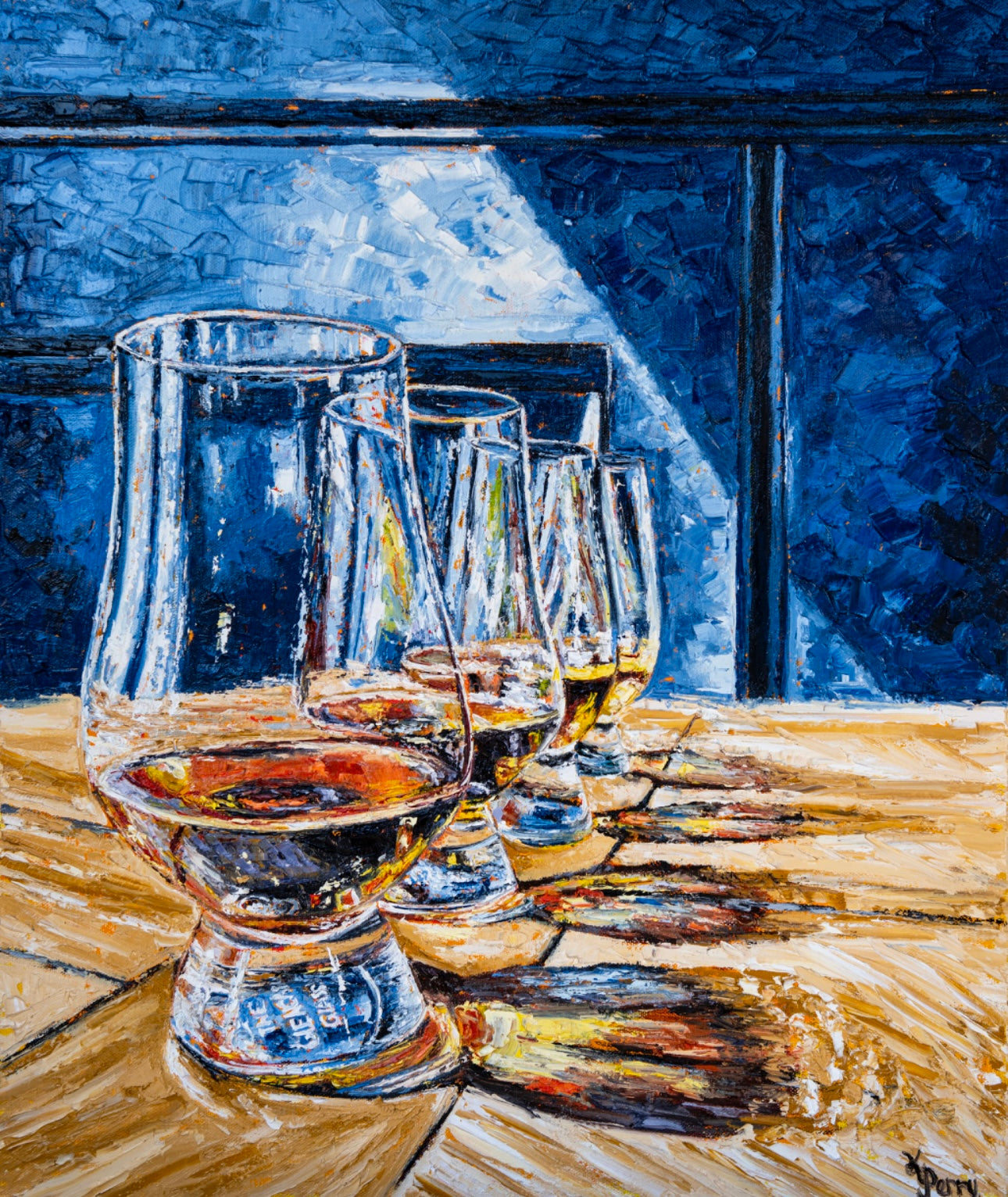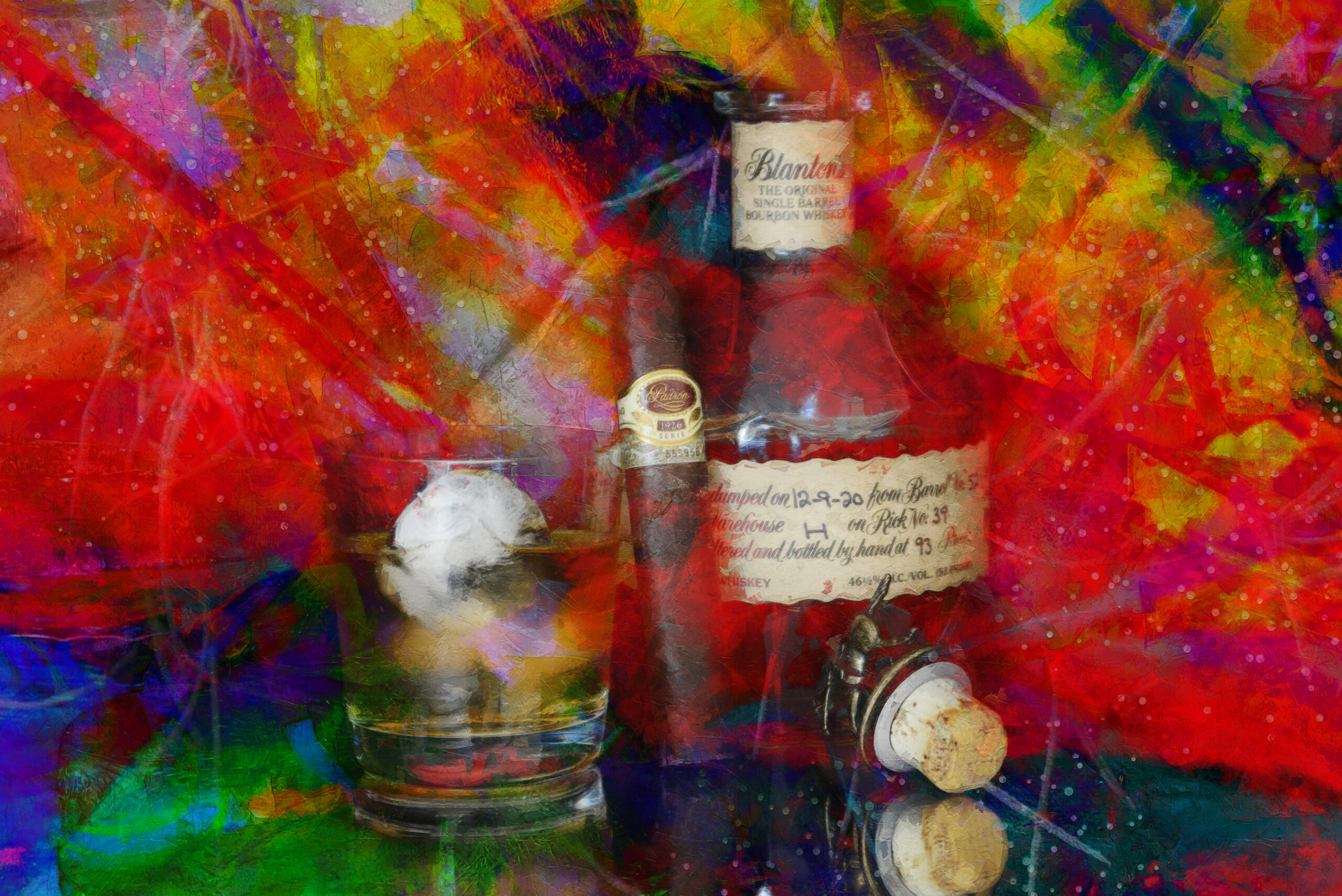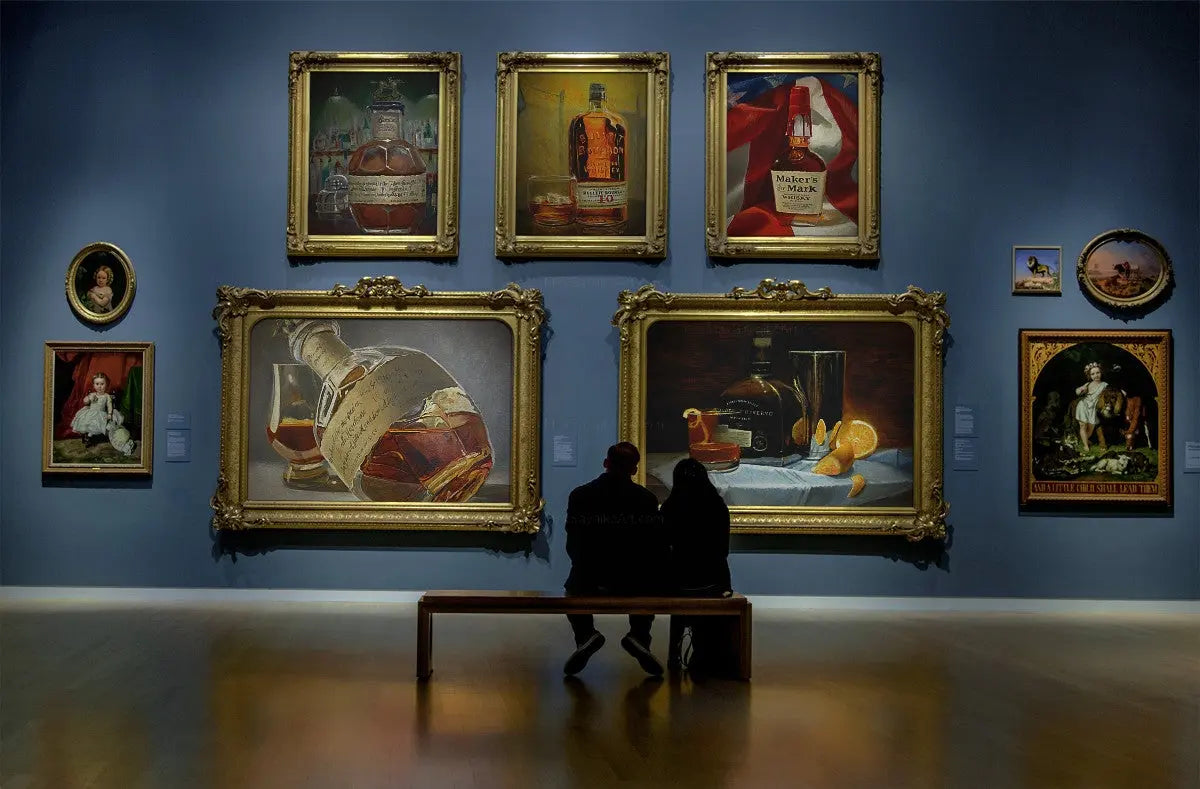Limited Edition: Discover Exclusive Bourbon Art Parts for Collectors
Limited Edition: Discover Exclusive Bourbon Art Parts for Collectors
Blog Article
The Relevance of Whiskey Art in Celebrating Heritage and Workmanship in the Beverage Sector
The detailed relationship between bourbon art and the event of heritage and craftsmanship within the beverage industry can not be overstated. Through thoughtfully made tags and containers, bourbon brand names envelop their historic origins and the artisanal skills that specify their manufacturing techniques. This creative measurement not just improves market appeal yet also offers as an avenue for cultural storytelling, promoting a much deeper connection between the craft and the consumer. As we check out the various facets of this topic, fascinating inquiries concerning the effect of contemporary patterns on traditional practices develop, prompting additional assessment.
The Historic Roots of Whiskey
At the heart of scotch's attraction lies an abundant tapestry of historic origins that trace back to old civilizations. The beginnings of bourbon can be linked to the distillation practices of the Sumerians and Babylonians around 2000 BCE, where very early types of fermented grain drinks started to arise. It was in the Middle Ages that the art of distillation evolved substantially, especially in Ireland and Scotland, leading to the development of scotch as we know it today.
The term "scotch" itself stems from the Gaelic word "uisce beatha," meaning "water of life." This phrase emphasizes the social significance of bourbon in Celtic societies, where it was usually connected with routines, events, and public bonding. By the 15th century, distillation came to be an identified craft within monastic areas, leading the way for the establishment of legal distilleries.
As profession courses broadened, scotch's appeal grew, going beyond local boundaries and catching the rate of interest of aficionados worldwide. Realism Art. This historical journey mirrors not just the workmanship behind bourbon production however likewise its important role in social and social contexts, marking it as a substantial drink throughout history
Artistic Expression in Branding
Scotch branding stands as an engaging crossway of artistry and commerce, where visual identity plays an important function in forming consumer perception. The visual appeals of whiskey labels, packaging, and advertising materials mirror not just the brand name's story however additionally its core worths and heritage. With imaginative expression, distilleries convey a story that resonates with customers, stimulating feelings and sparking links.
Using color, typography, and images in branding offers to separate items in a saturated market. Typical themes might evoke a sense of credibility and craftsmanship, while modern-day designs can signify technology and forward-thinking. This critical imaginative instructions enhances brand name acknowledgment and loyalty, enabling consumers to forge an individual partnership with the scotch they pick.
In addition, artistic expression in branding commonly serves as an event of local heritage. Distilleries often include regional symbols or historical referrals into their styles, creating a feeling of place that invites customers to take part in a wider social experience. Eventually, the artistry behind scotch branding not only boosts visual charm yet additionally enhances the overall narrative of the brand, fostering a much deeper recognition for the craftsmanship and heritage ingrained in each bottle.
Craftsmanship in Container Layout
The artistry noticeable in whiskey branding prolongs past aesthetic identity to incorporate the craftsmanship involved in container layout. Each container works as a vessel not simply for the spirit within, yet additionally for the tale it tells about its quality, beginning, and tradition. The design process needs meticulous focus to detail, as aspects such as shape, product, and closure add dramatically to the total assumption of the bourbon.
Workmanship in bottle design involves selecting top notch glass that can boost the whiskey's color and clearness, while additionally offering a tactile experience for the customer. The shape of the container have to be both practical and cosmetically enticing, typically showing the heritage of the brand name. Many distilleries opt for unique forms or embossed logo designs that stimulate a sense of credibility and history.
In addition, the tag design and typography play an essential function in interacting the brand's narrative. Whiskey Art. A well-crafted container not only captivates the consumer's eye however also strengthens the brand name's dedication to quality and tradition. In this way, the craftsmanship of bottle design ends up being a crucial element of the scotch experience, merging virtuosity with an extensive regard for heritage
Social Significance of Whiskey Art
Commemorating custom and craftsmanship, the cultural relevance of whiskey art goes beyond simple looks, intertwining with the social and historic narratives of the Limited Edition areas from which it comes from. Each container offers as a canvas, depicting the one-of-a-kind stories, folklore, and customs that have shaped neighborhood whiskey-making practices. The complex styles usually mirror the heritage of the distillers, including symbols and concepts that resonate with the culture and worths of their areas.

On top of that, scotch art plays an essential role in communal gatherings and celebrations, acting as a tangible web link in between individuals and their shared experiences. By valuing the virtuosity in scotch packaging, consumers cultivate a much deeper understanding and respect for the craft, ultimately enriching their enjoyment of the beverage itself.
Modern Trends in Whiskey Presentation
Recently, the presentation of whiskey has actually advanced to show contemporary tastes and fads while still honoring traditional workmanship - Whiskey Art. Distilleries are significantly concentrating on aesthetic components that enhance the total drinking experience, bridging the void between heritage and modernity
Innovative bottle layouts have emerged, frequently integrating sustainable materials and imaginative labels that inform compelling tales. Numerous brands currently collaborate with neighborhood musicians, instilling their items with one-of-a-kind aesthetic expressions that reverberate with customers. Furthermore, limited-edition launches are usually packaged in collectible containers, adding value and allure for lovers.

Final Thought
In conclusion, bourbon art serves as an important conduit for expressing the heritage and workmanship integral in the beverage industry. Through detailed branding, ingenious bottle layouts, and culturally considerable imaginative elements, scotch brand names successfully recognize their traditions and attach with consumers.


Workmanship in bottle design includes selecting top quality glass that can enhance the bourbon's color and clearness, while additionally supplying a responsive experience for the consumer. In this method, the craftsmanship of bottle layout comes to be an important facet of the scotch experience, merging virtuosity with a profound regard for heritage.
In conclusion, whiskey art offers as an essential channel for revealing the heritage and craftsmanship inherent in the drink market.
Report this page